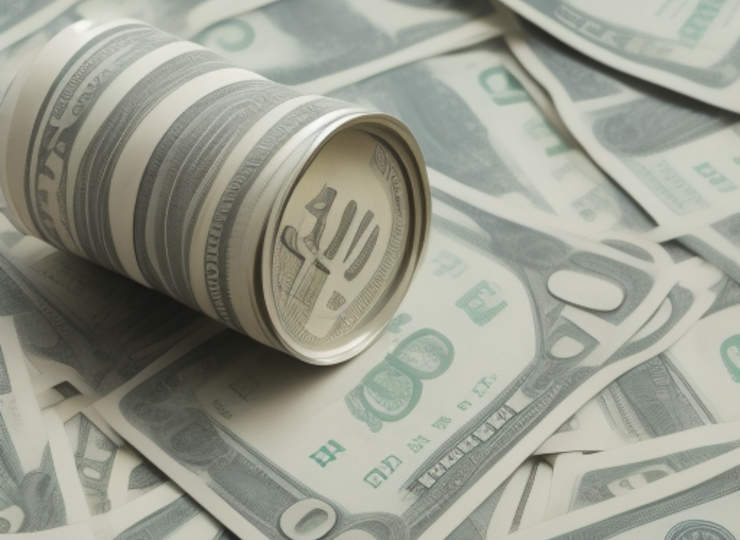文字のサイズ
- 小
- 中
- 大
US interest rates rise, but the dollar does not rise
US interest rates rose, with the 10-year US interest rate temporarily hitting the 4.4% level.

The ADP employment report exceeded expectations and US interest rates rose, but the dollar still failed to touch ¥152 (high ¥151.95), and the dollar began to fall when the ISM Services Sector Index fell short of expectations.
Nevertheless, the dollar did not break below 151.50 yen, indicating the strength of the underlying tone.
In the case of the USD/JPY, the underlying strength remained unchanged, although this is apart from the movement of US interest rates, as there are indications that intervention will take place if the USD/JPY exceeds JPY 152. Eventually, it is likely to attack the upside once and test intervention. The interview with Governor Ueda in the Asahi Shimbun was quite in-depth, suggesting that not only the Ministry of Finance but also the BoJ is in step in order to defend ¥152.
The situation where real interest rates are significantly negative will not change anytime soon, but JPY152 is likely to be defended for the time being. The dollar appears to be building up orders to sell just before 152 yen and stop-loss above 152 yen. There are many players who would like to buy the dollar/yen if intervention takes place, so there is a possibility that intervention may instead lead to a stronger dollar market. If possible, we would like to see a strong result and a break above 152 yen. If intervention comes in, it will be a big move.
However, the eurodollar is reversing higher. Even though German interest rates are also rising, it has been a difficult market, as rising US interest rates have so far been linked to a stronger US dollar. While there was no particular material to buy the euro, it was bought back to the 1.08 level and around 1.0860 after the ISM Services results were released. It is unclear what is supporting the euro, but it may have sold off quite a bit down below after the ISM manufacturing on Monday. The euro’s strength in crosses, such as Euro-Swiss, may also be supporting the eurodollar.
Swiss March consumer price index showed low growth of 0.0% month-on-month and +1% year-on-year; ECB rate cuts are still uncertain, but the Swiss Central Bank may move to cut rates again next.
Translated with DeepL.com (free version)






